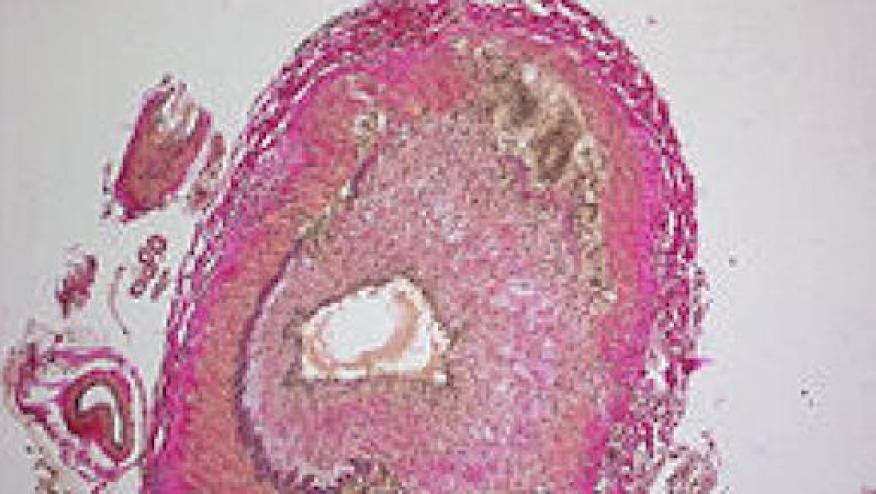EULAR 2023 recommendation for imaging in large vessel vasculitis Save

Diagnosis of large vessel vasculitis can be challenging, and imaging modalities help with not only the diagnosis but sometimes in assessing flares in the disease. At EULAR 2023, recommendations for imaging modalities for large vessel vasculitis were discussed. These were evidence-based recommendations adapted for practicality in clinical use.
They came up with 3 overarching principles
- In patients with suspected Giant Cell Arteritis (GCA), an early imaging test is recommended to support the clinical diagnosis. The caveat to this is availability of the imaging and experts to read these. However, treatment should not be delayed for the imaging modality coordination.
- Standardization of imaging techniques along with trained personnel using and reading the images.
- The most important principle was that in cases where the suspicion of GCA is high, the diagnosis can be made solely on the basis of a positive imaging test – and no biopsy is needed. Though, this may not apply if the suspicion is low.
Lastly they came up with 8 specific recommendations
- Ultrasound of the temporal as well as axillary arteries should be considered the first imaging modality to investigate suspected GCA. They added axillary artery imaging in view of the recently published data on it. However, in practicality, very few experts are available in the United States and other places, and we as clinicians still need to rely on what is available. The halo sign may not be necessary for the diagnosis since it may be present only in acute cases.
- High resolution MRI or FDG-PET can be used as alternatives to ultrasounds even when trying to visualize cranial arteries as recent evidence suggest that these modalities can be sensitive for diagnosis.
- FDG-PET or alternatively MRI or CT can be used to visualize the artery – mural inflammation/ luminal changes of extracranial arteries in suspected GCA. These are modalities which may be more accessible in centers without ultrasound expertise
- However for the diagnosis of Takayasu’s arteritis, MRI is recommended as the primary modality to visualize mural inflammation or luminal changes. DG
- FDG-PET, CT or Ultrasound can be used as alternative modalities in patients with suspected Takayasu’s. However when assessing the aorta, ultrasound may not be as useful to visualize it.
- Conventional angiography is not recommended anymore since the other imaging modalities and their understanding are much more advanced now.
- While imaging is not recommended for patients in remission, it can be useful to assess relapse when laboratory markers are unreliable.
- In patients with GCA or Takayasu’s long term monitoring of structural damage can be done by MRI, CTA or ultrasound. Such recommendations may result in overuse of these modalities, and thus need to be used when clinically makes sense in patients.
Overall, the recommendations were well balanced, and incorporated a thorough literature review of recent studies since the last recommendations in 2018. Clinicians can use this as a guide to help with the management of complex patients with large vessel vasculitis.









If you are a health practitioner, you may Login/Register to comment.
Due to the nature of these comment forums, only health practitioners are allowed to comment at this time.